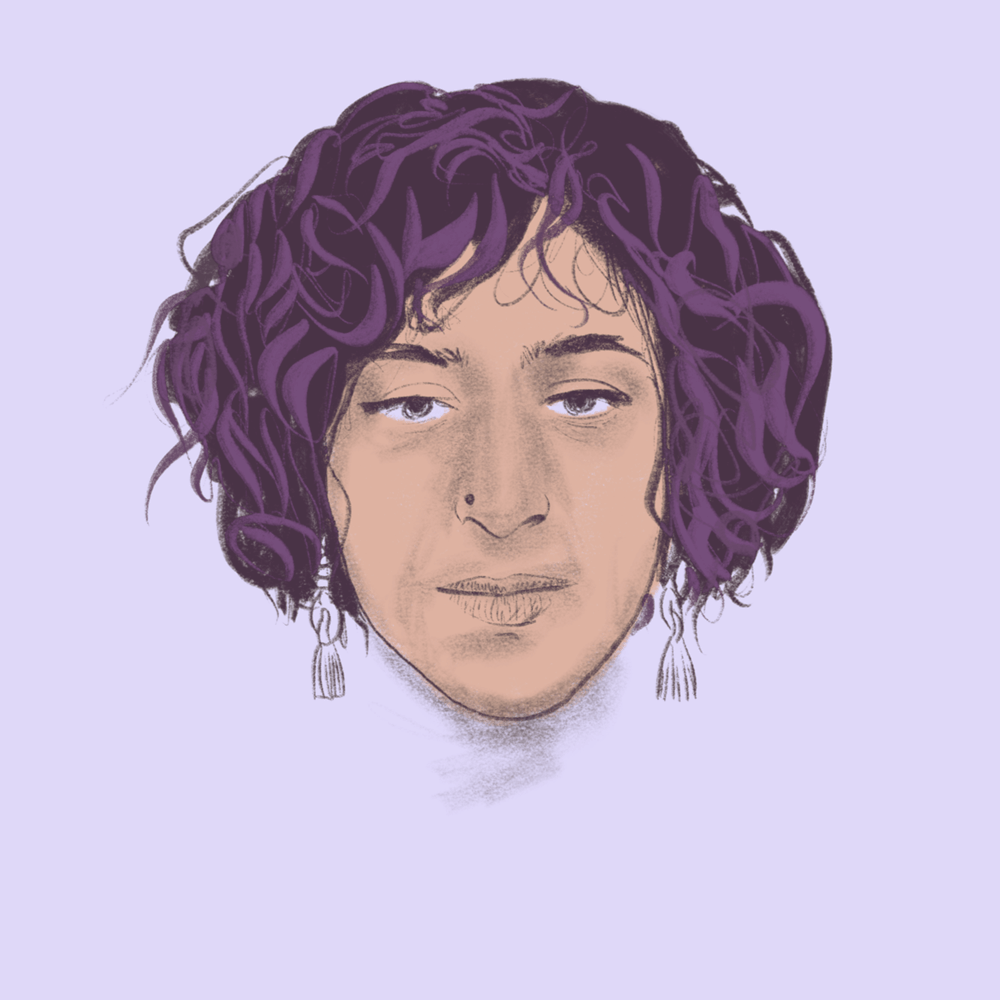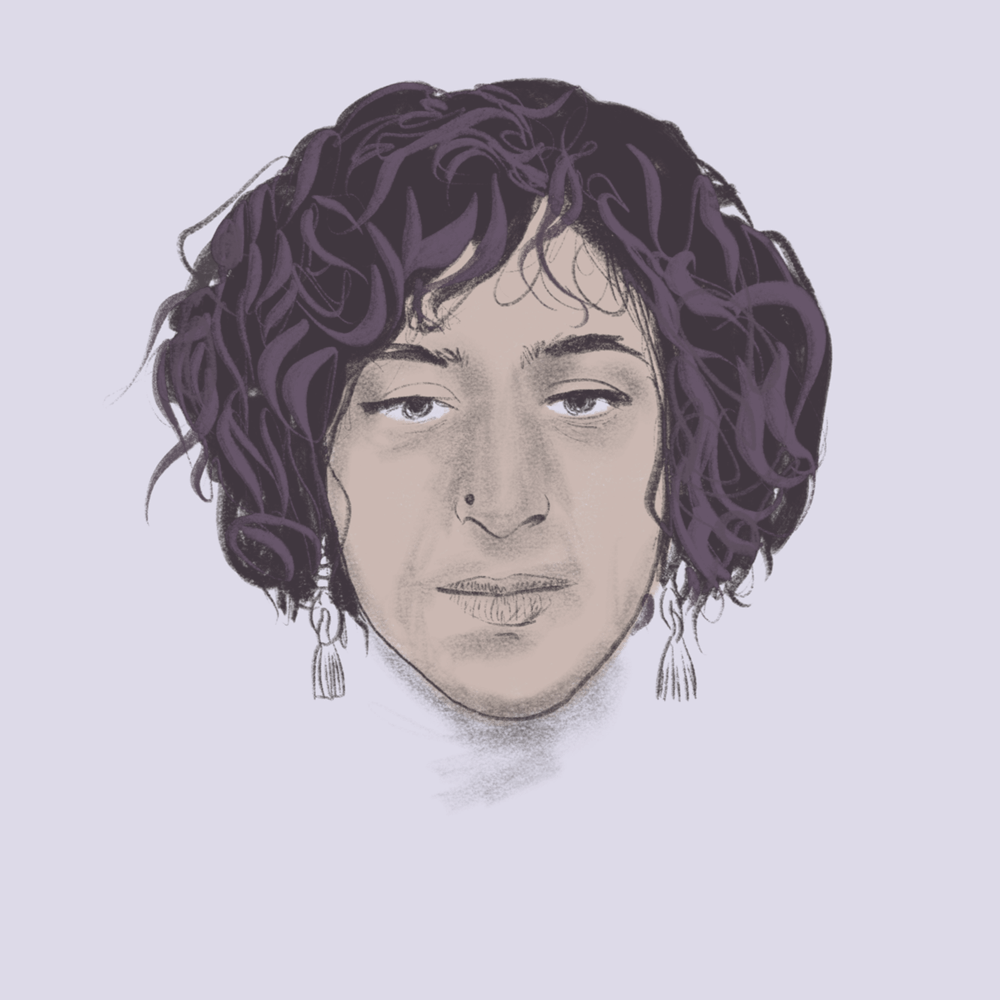Worlds in the Palm of a Hand
%20-%20H.png)
Employing the language of sculpture and the intimacy of scale, Margie Criner renders memory as a tactile, participatory art form.
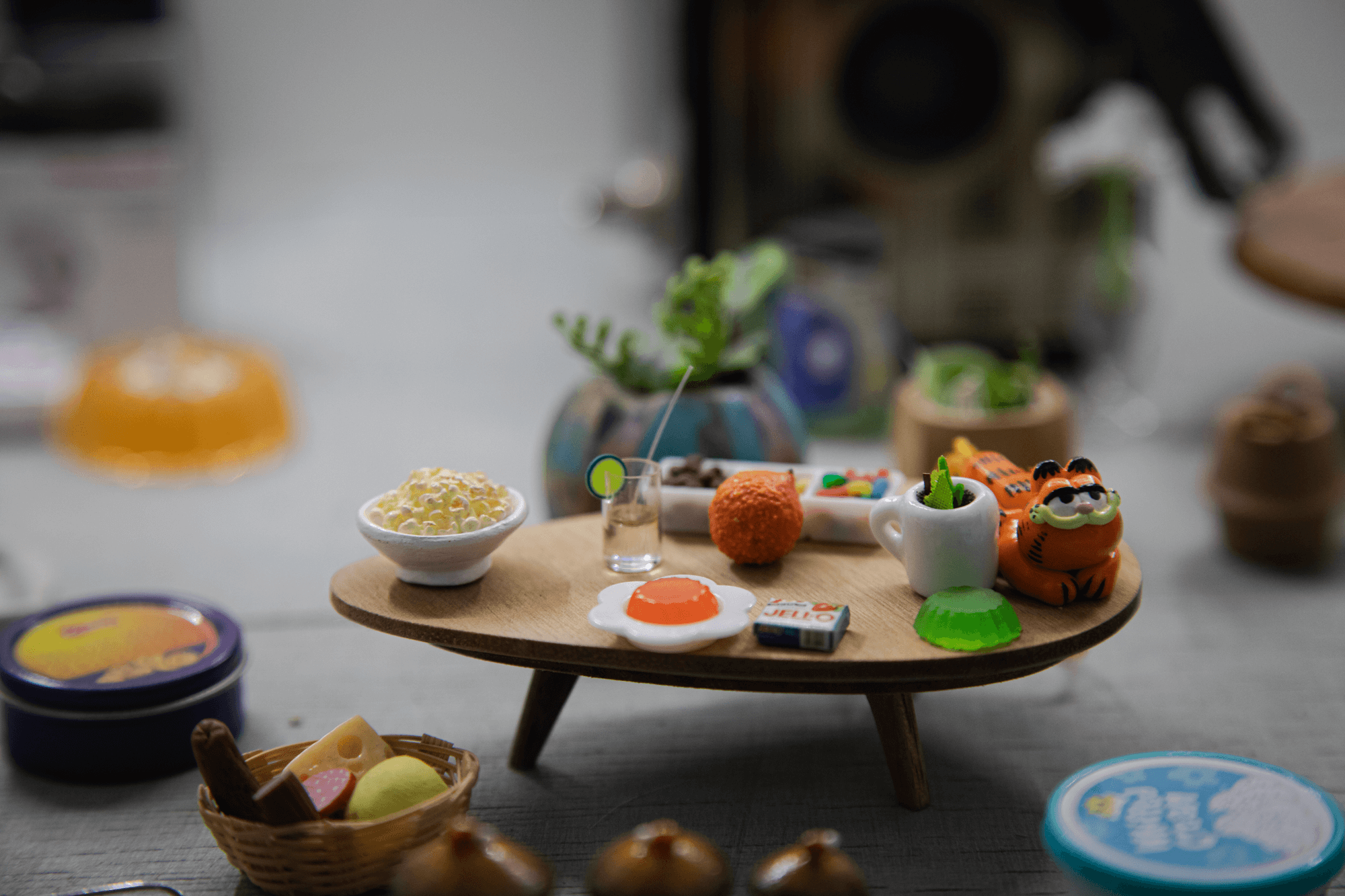
One of Margie Criner’s earliest memories is: the soft velvet of a dining room chair, a feeling so vivid that her child's mind wanted to capture it. Memory, held on through texture and place has shaped a lifelong philosophy of art as a way of seeing. “I never wasn’t in it,” Margie says. “I was always drawing, always making something, always building something.”
Growing up spending time with her father in his basement wood shop, Margie learned a lesson in perspective. “At six years old, I was helping him dismantle a lawnmower, and he told me, ‘You have to look at something from all sides.’ That blew my six-year-old mind wide open,” she recalls. “I’ve applied that my entire life: to how I meet people, how I problem-solve, how I build.”
At the core of her work is the conviction that personal relatability makes art universal. “Even if it’s not hyper-realistic, if we can capture the essence, the viewer can tap into it in their own lives,” says Margie. Whether she is reconstructing a 1980s mall, a record shop, or a slice of pizza, Margie is sculpting portals to memory.
I never wasn't in it. I was always drawing, always making something, always building something.
-Margie Criner
Her miniature worlds draw from songs, teenage haunts, and musical instruments — always coming from a personal, imaginative lens. These become raw material for creative storytelling, reframing the everyday as an object of wonder.
“Everything in here is rooted in things from my childhood, things that I wish were my childhood, things from my neighbor’s childhood, my staff’s childhood,” Margie explains. These worlds-within-worlds serve as invitations to remembering.
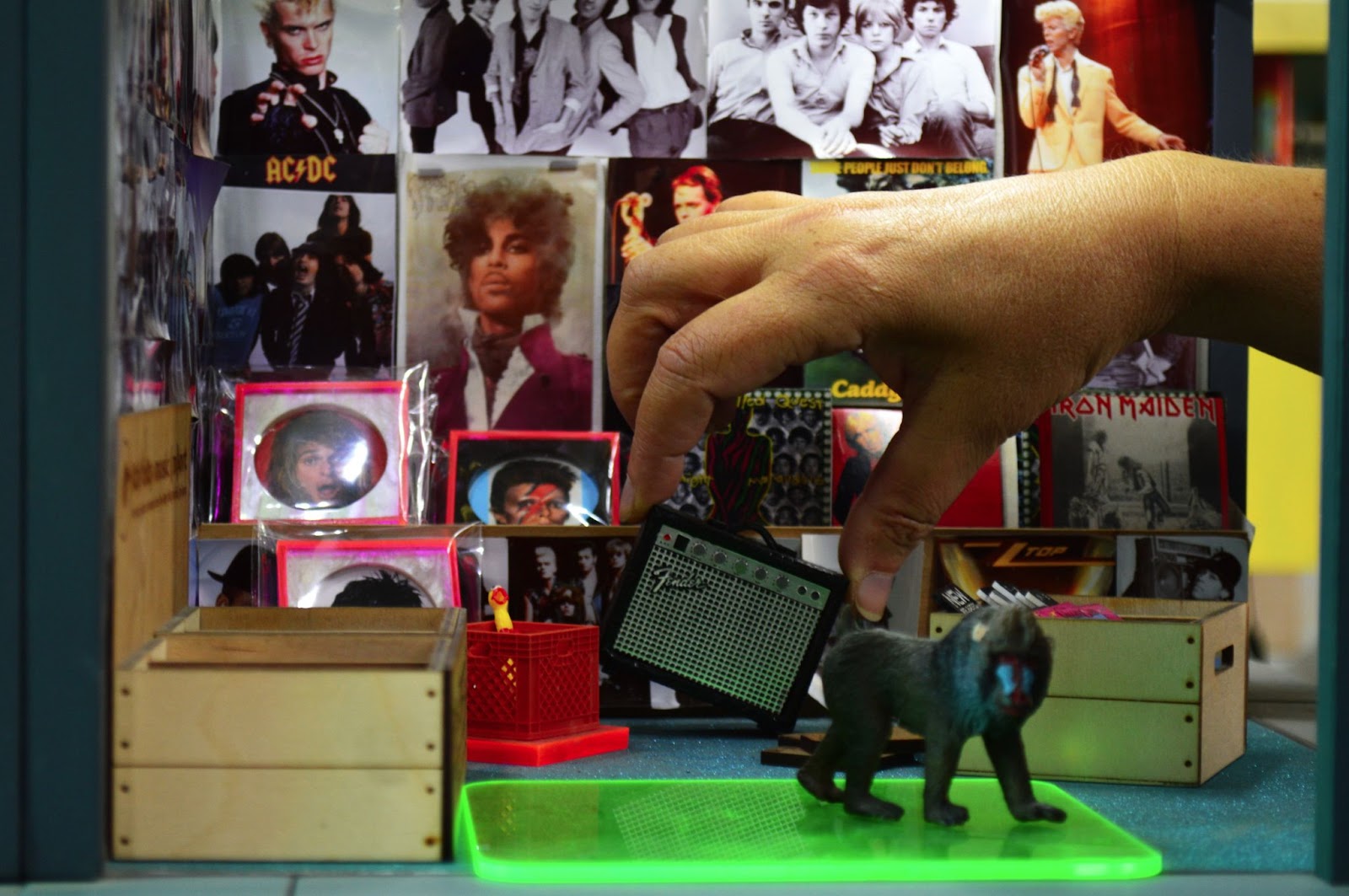
Trained in textile design as an undergraduate student, Margie’s skills bridge patternmaking, color theory, even environmental science. “I don’t like limitations. It’s more of a how-do-I-do-this rather than a can-I-do-this.”
She has since participated in over 100 exhibitions nationally and internationally, and her work has been featured in Chicago Tribune, Hyperallergic, and Esquire Magazine, among other reputed publications.
The same curiosity drives her current practice at the Itty Bitty Mini Mart (@ittybittyminimart), her studio and business where Margie leads a team of four artists to create miniatures for advertising, film, music videos, and even mausoleum projects.
Margie launched Itty Bitty Mini Mart at the height of the COVID 19 pandemic, when galleries were shut and in-person exhibitions had come to a halt. Starting as a solo practice, the project quickly evolved into a collaborative miniatures workshop with her team of four artists. They sell dollhouse parts and individual pieces over the internet and Instagram, and host themed workshops, giving people a chance to experience the wonder of miniatures firsthand.
“This world is pretty heavy at times, and miniatures can take you right out of that and put you in a lighter place.”
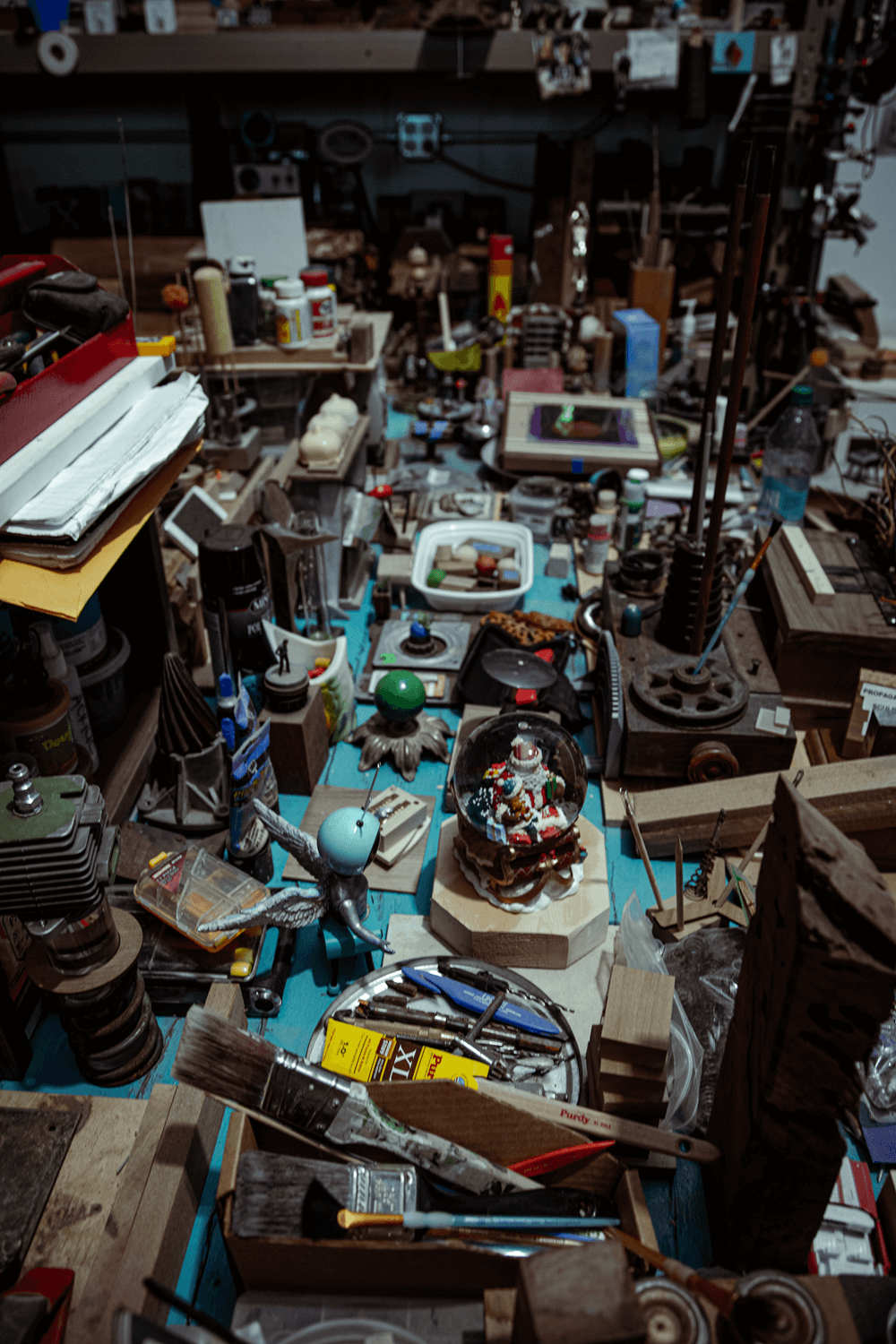
For her collaborative work, she shares the same ethic of openness. Working with a small team, Margie approaches each project fluidly and improvisationally. “If we have something to build, I break it down: who’s good at what, which materials make sense, then we divide it up,” she says. Often, she will design a broad structure or a piece of furniture, then pass details to her team to prototype and refine. Challenges are navigated collectively. “If we come up with a problem, we all bring our heads together and try to solve it.”
Margie’s practice, in its own way, feels like an offering. Each object carries a micro-story that the viewer can inhabit and reinterpret. “I might sit down and start building a radio, and then realize halfway through I’m building my grandparents’ radio,” she says. “But it wasn’t just my grandparents; it was everybody’s grandparents. We all had that Panasonic radio in the kitchen. That’s what makes it resonate.”
In these small-scale worlds, Margie is holding onto something larger than nostalgia. She is constructing a way back to a place, a moment, a feeling – while leaving space for others to find their own path too.
This world is pretty heavy at times, and miniatures can take you right out of that and put you in a lighter place.
-Margie Criner
“Miniatures don’t geographically transport you,” says Margie, “but they do take you to that place in time, in your mind or your heart.”
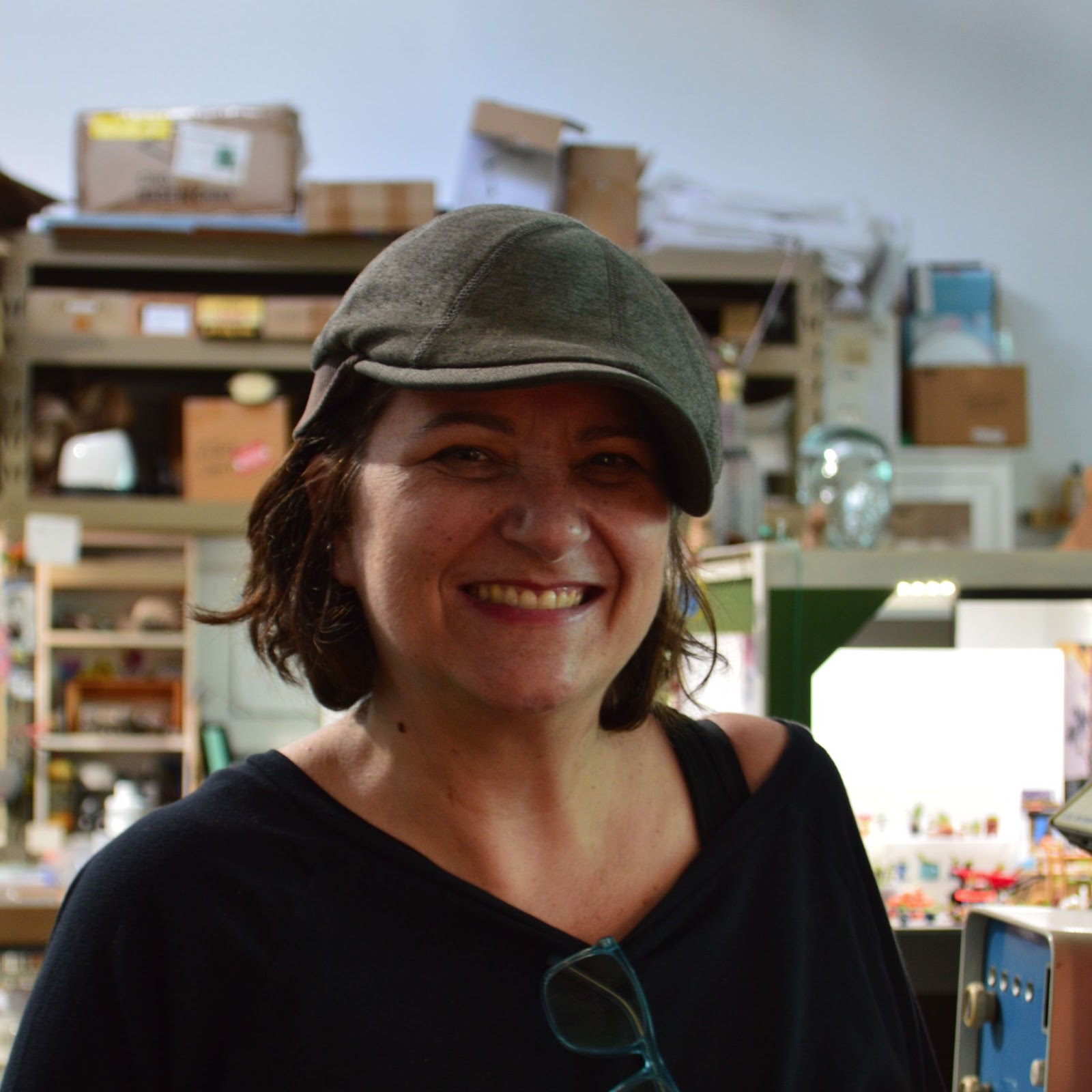
This July, Margie is showing work at Rountree gallery in Platteville, WI, alongside her teammate Lucie Van Der Elst and two other artists, where many of the pieces also incorporate sound.




